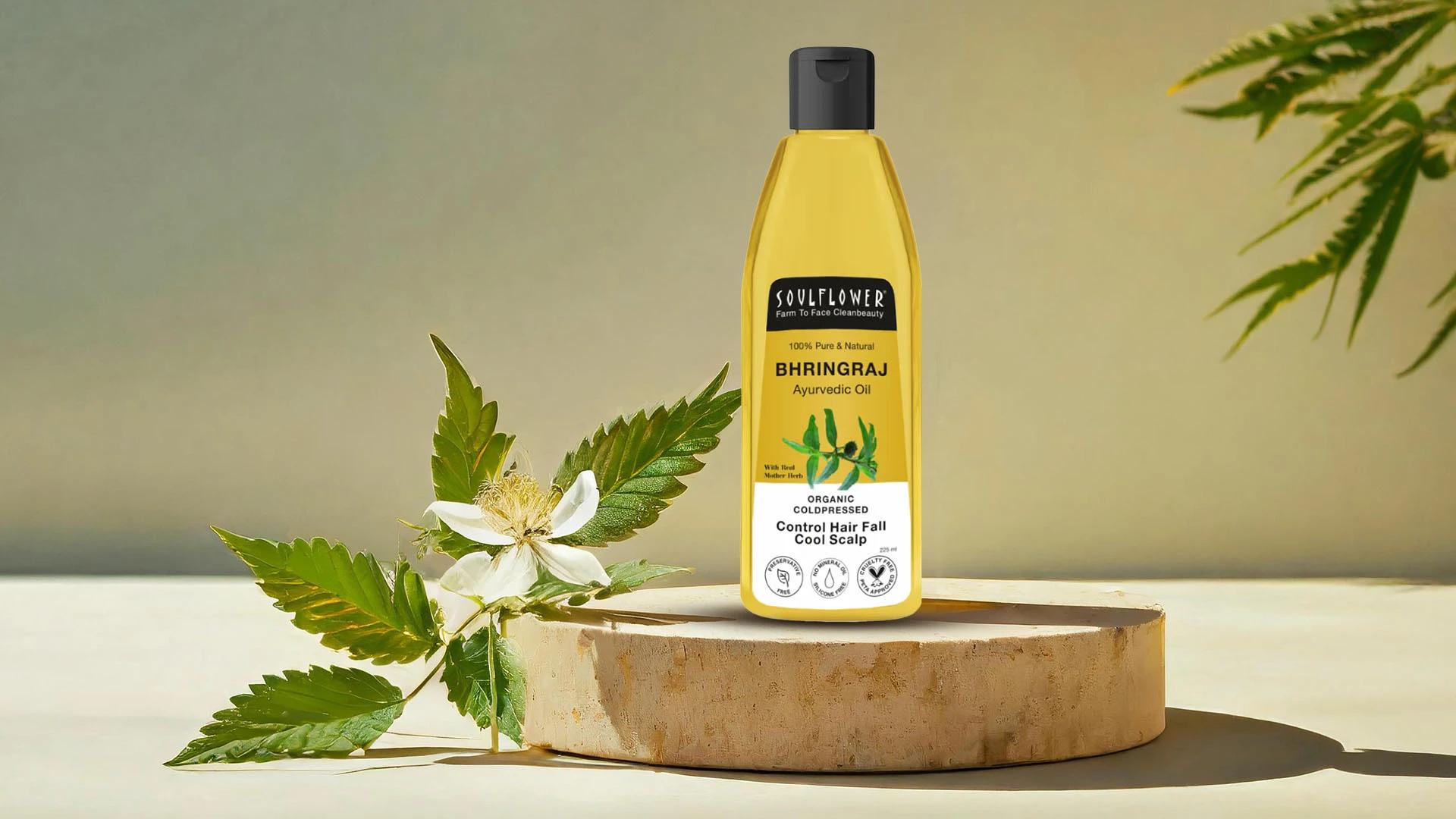brings proteins and healthy fats that strengthen hair strands.
Step-by-Step Guide to Making Ayurvedic Shampoo
Time to get your hands dirty—but in the best possible way. This process is quite therapeutic, and you'll love how your kitchen smells like a spa.
Prepare the Herb Mixture
Start by soaking 2 tablespoons each of reetha, shikakai, and amla powder in 2 cups of water overnight. This creates the base of your hair growth remedies. In the morning, bring this mixture to a gentle boil and simmer for 15 minutes. The liquid should turn a rich brown colour—that's when you know it's ready.
Add Nourishing Oils
Once your herbal base cools to room temperature, it's time to add 1-2 teaspoons of oil. Coconut oil works for most hair types, whilst sesame oil is brilliant for dry hair. Castor oil is your pick if you're focusing on growth. Mix gently—you want the oil to blend without making the mixture too heavy.
Include Natural Preservatives
Add 5-10 drops of essential oils like tea tree, rosemary, or lavender. These aren't just for scent—they act as natural preservatives and bring their own hair benefits. Tea tree oil works as an anti-dandruff solution, whilst rosemary stimulates circulation.
How to Use Your DIY Ayurvedic Shampoo
Using your homemade creation is slightly different from regular shampoo, but once you get the hang of it, you'll wonder why you waited so long to try this natural hair care approach.
Start with damp hair—not soaking wet. Apply the mixture from roots to tips, massaging gently into your scalp. The texture will feel different from commercial shampoos, more like a thin paste. Work it through for 2-3 minutes, letting the herbs do their thing. Rinse thoroughly with cool water—hot water can make herbal residue stick to your hair.
Customise Your Ayurvedic Shampoo
The brilliant thing about making your own products is that you can tweak them based on what your hair actually needs, not what marketing tells you it should need.
For Dry and Damaged Hair


 100 ml
100 ml 180 ml
180 ml 200 ml
200 ml 200 ml
200 ml